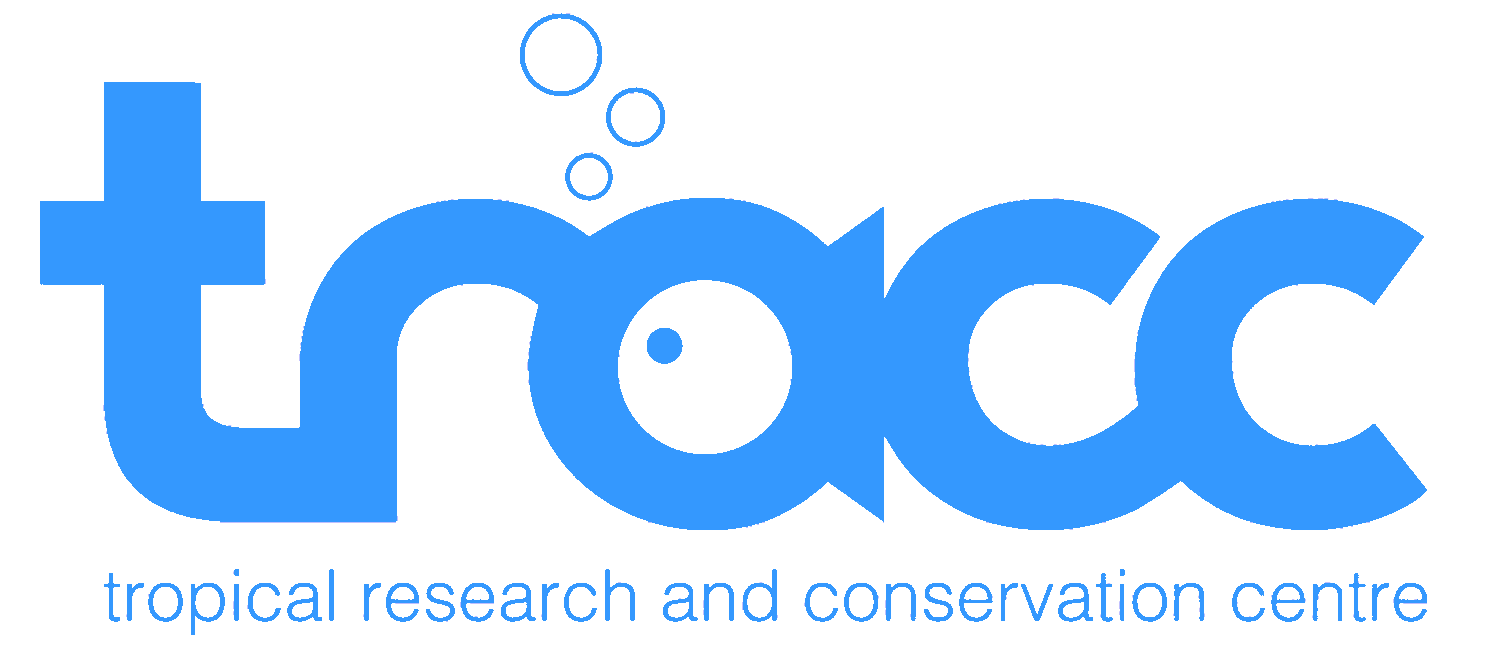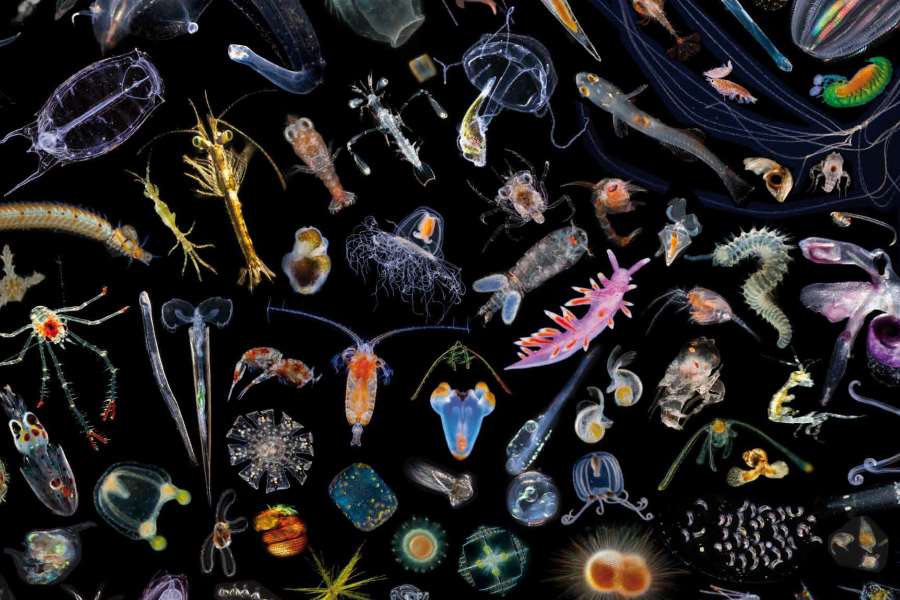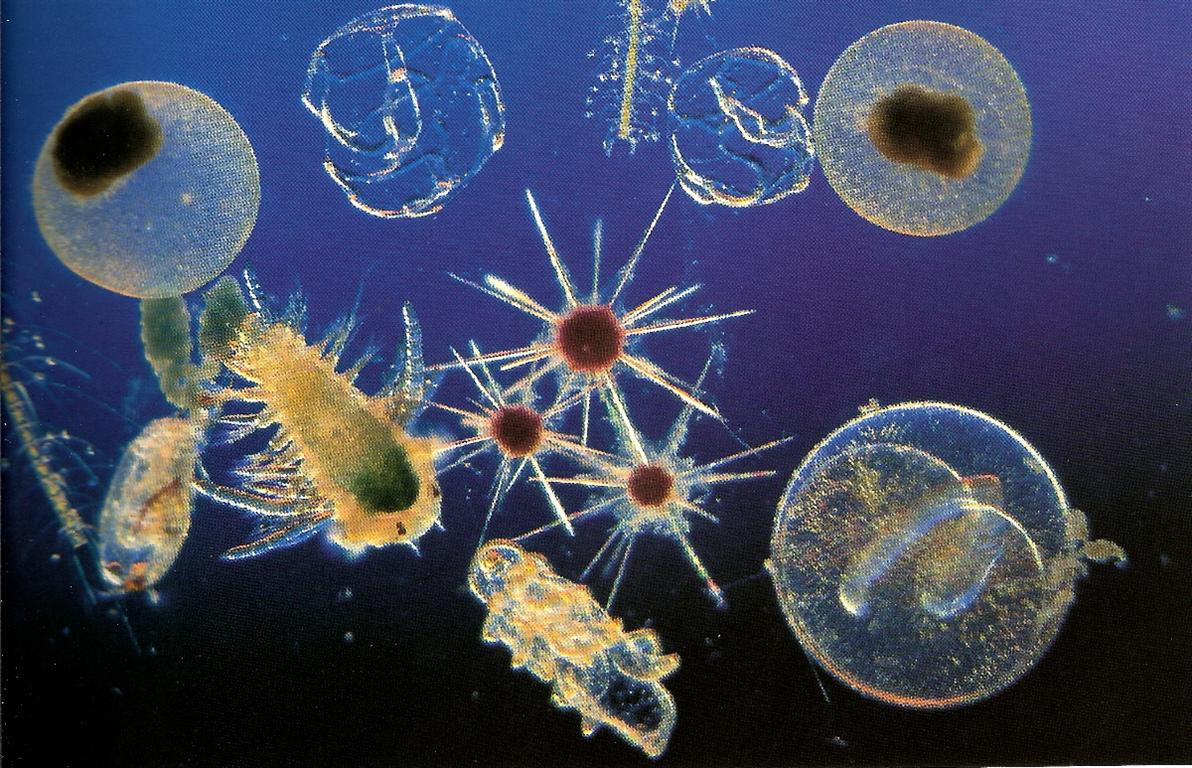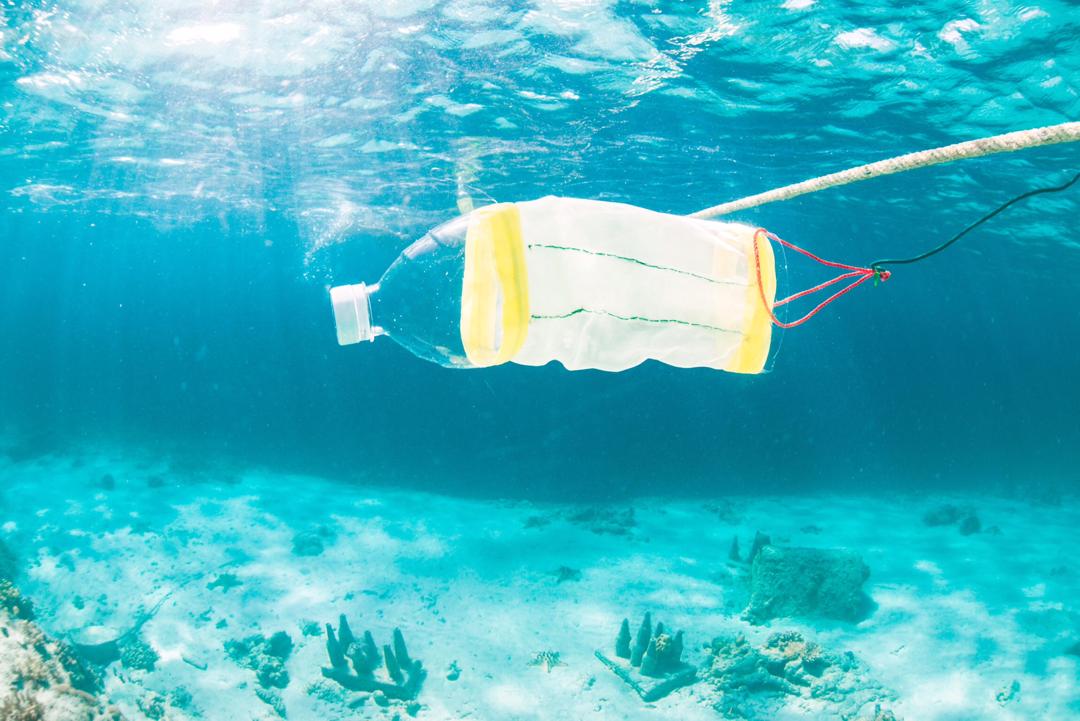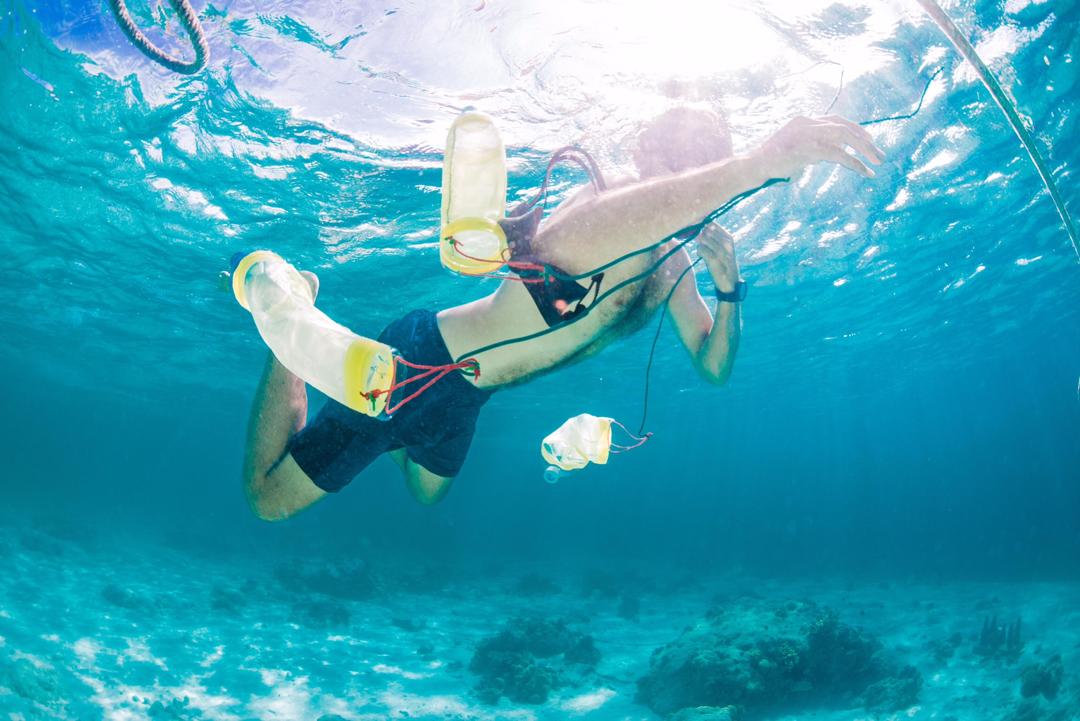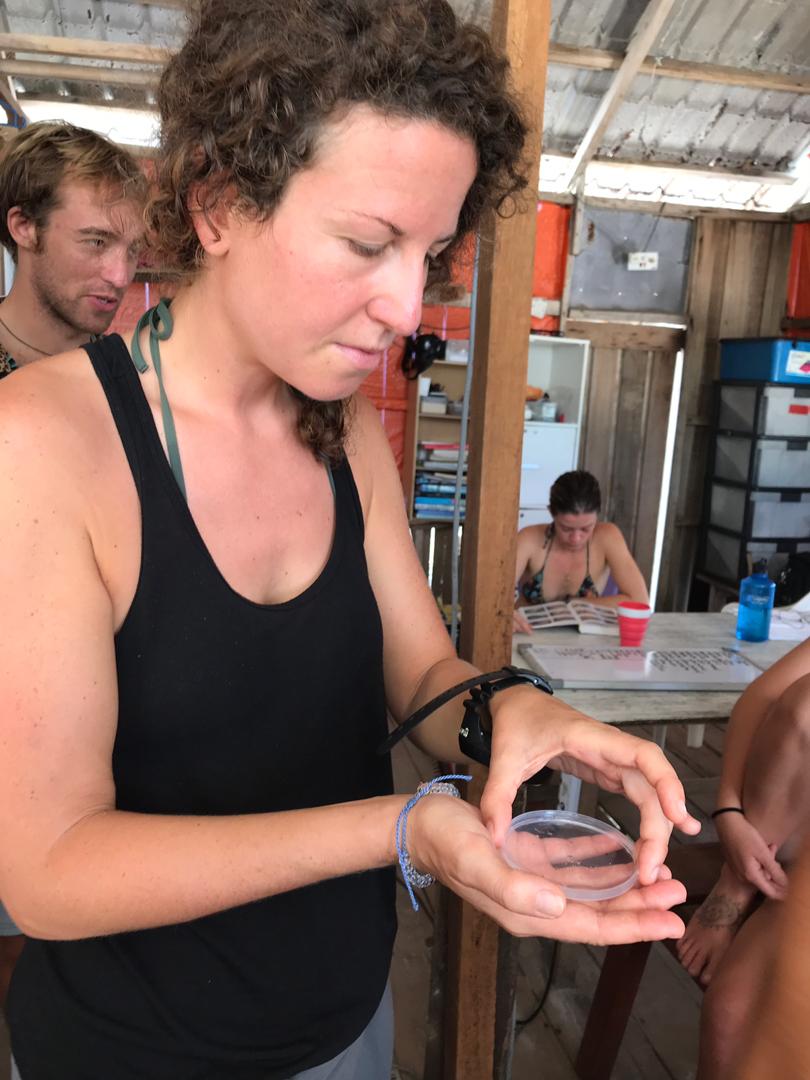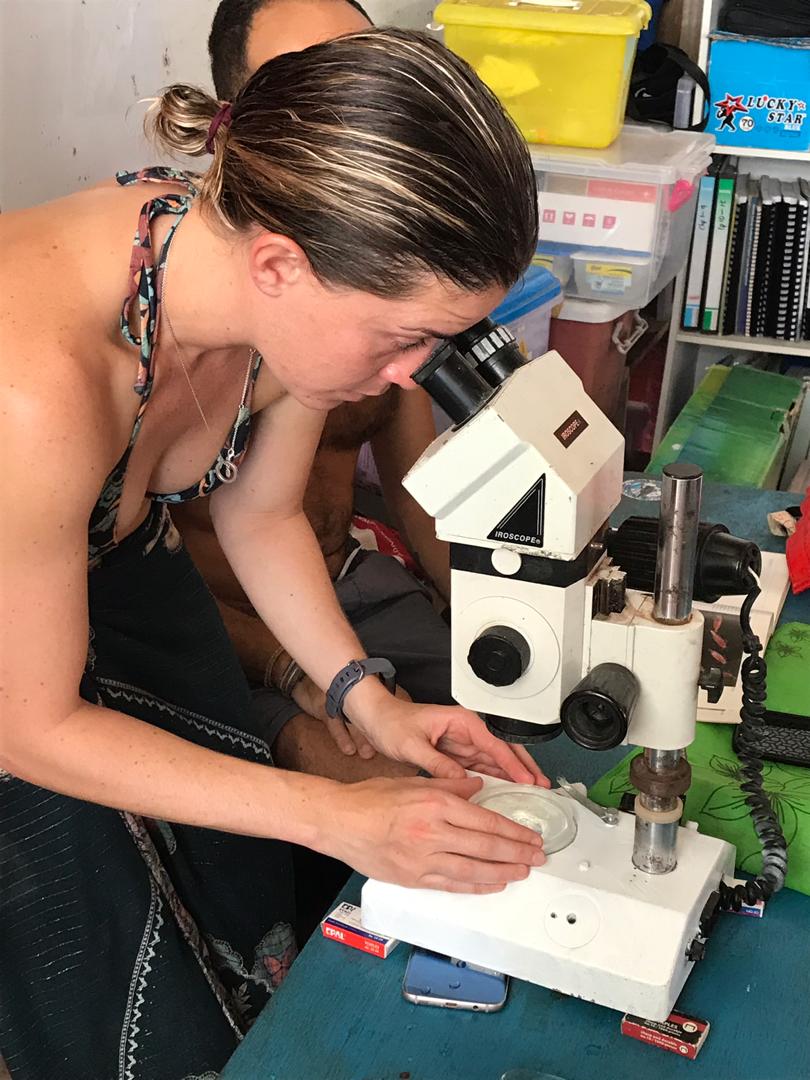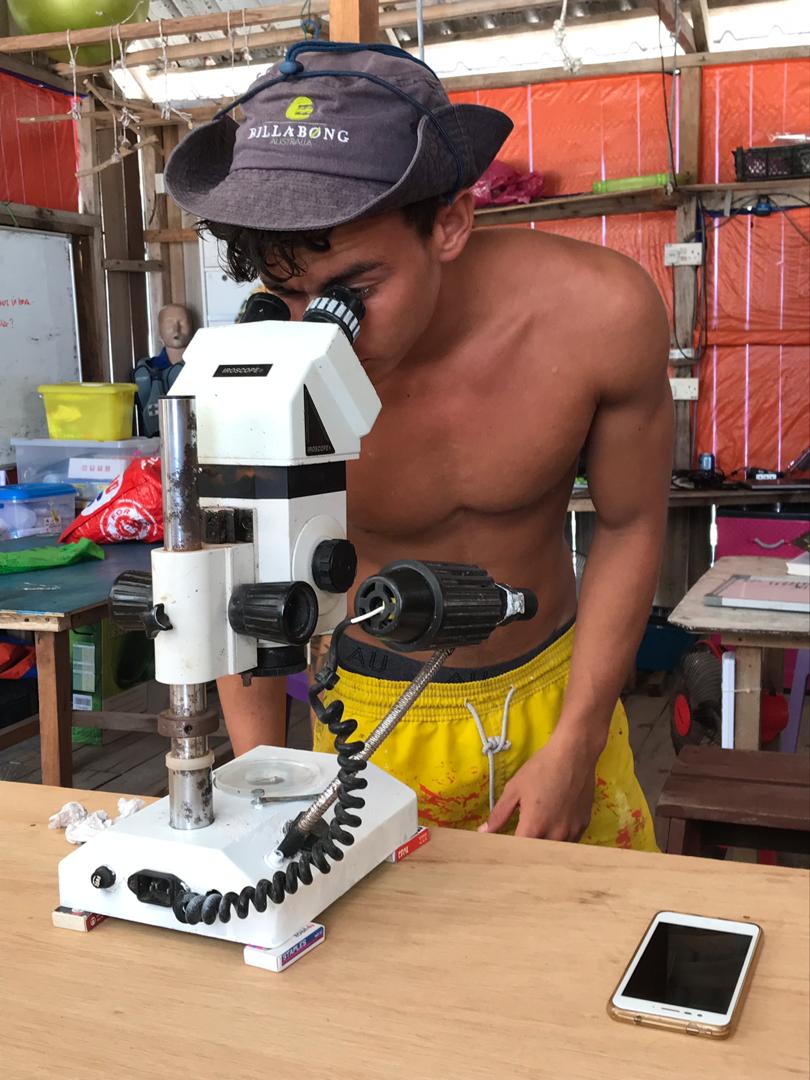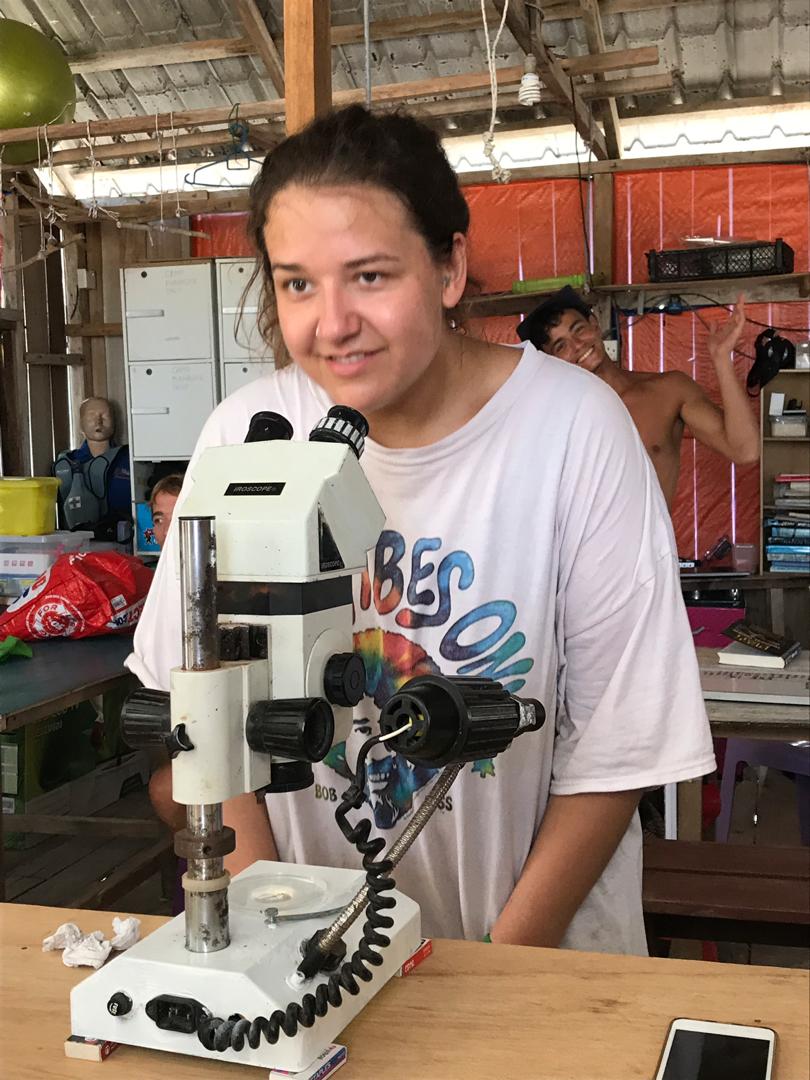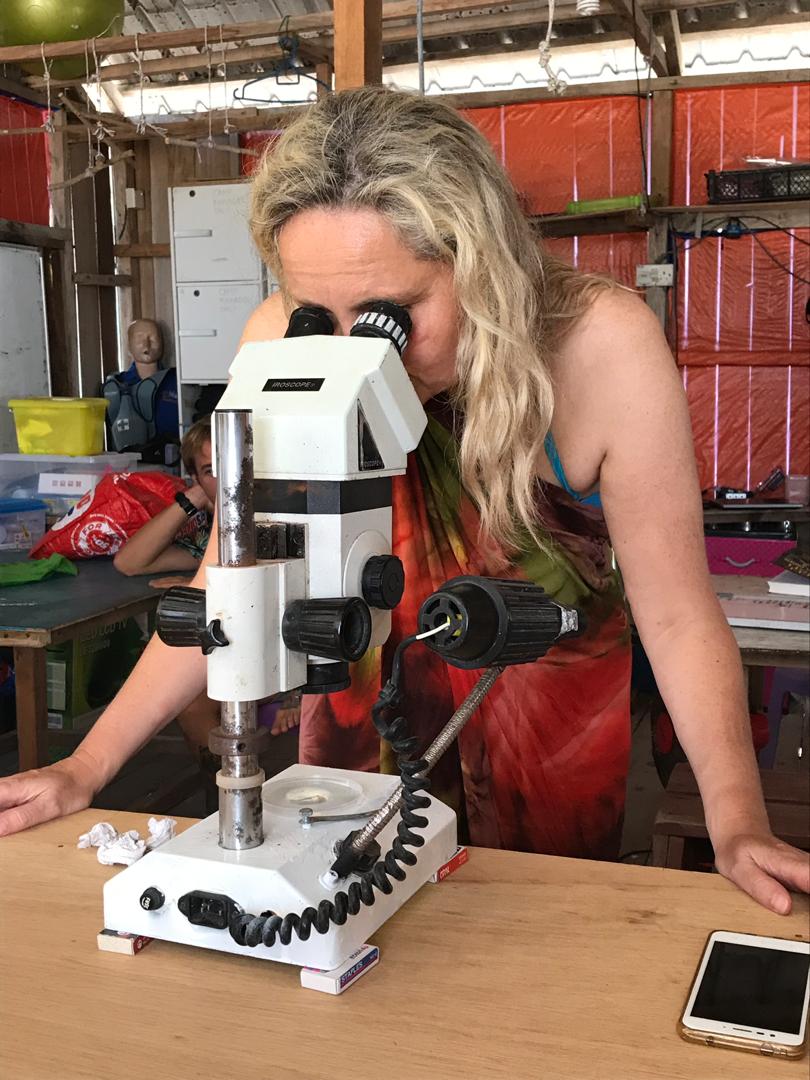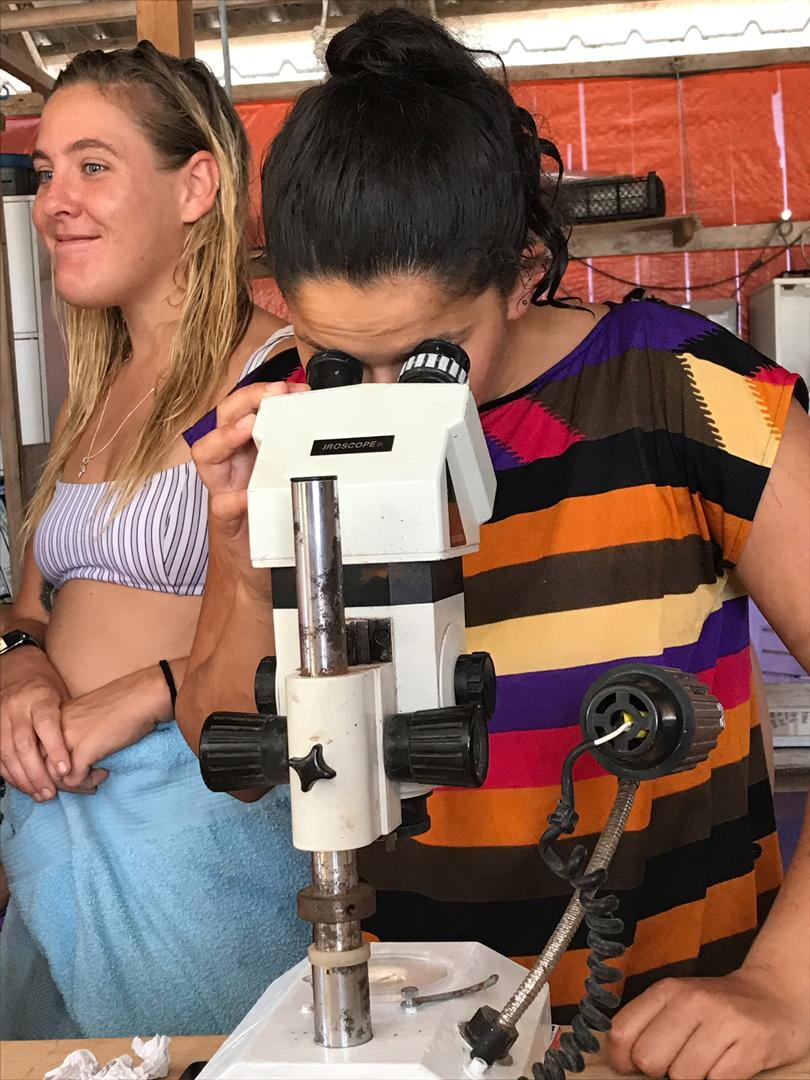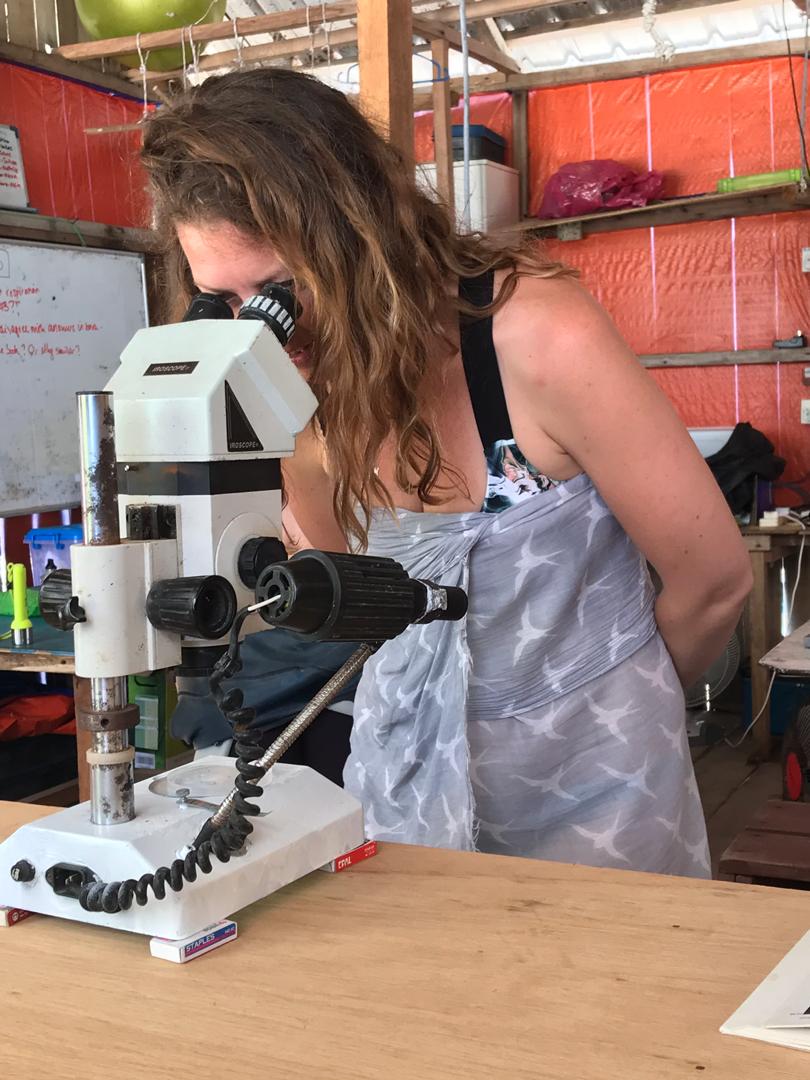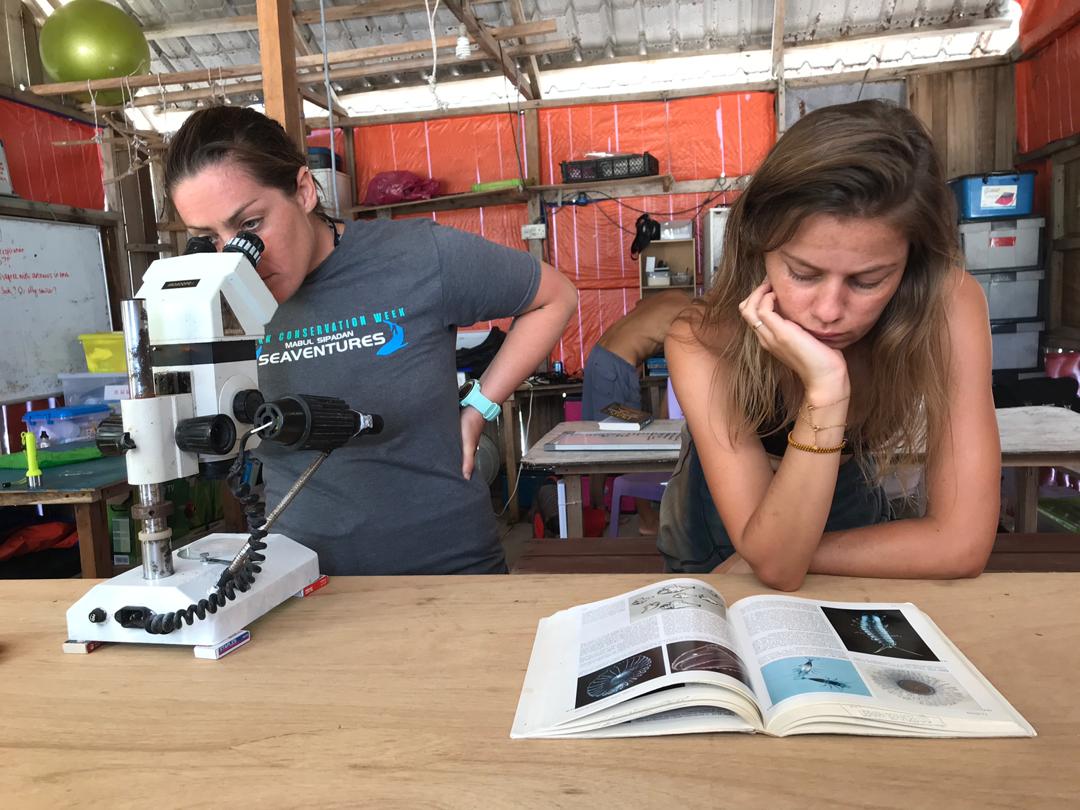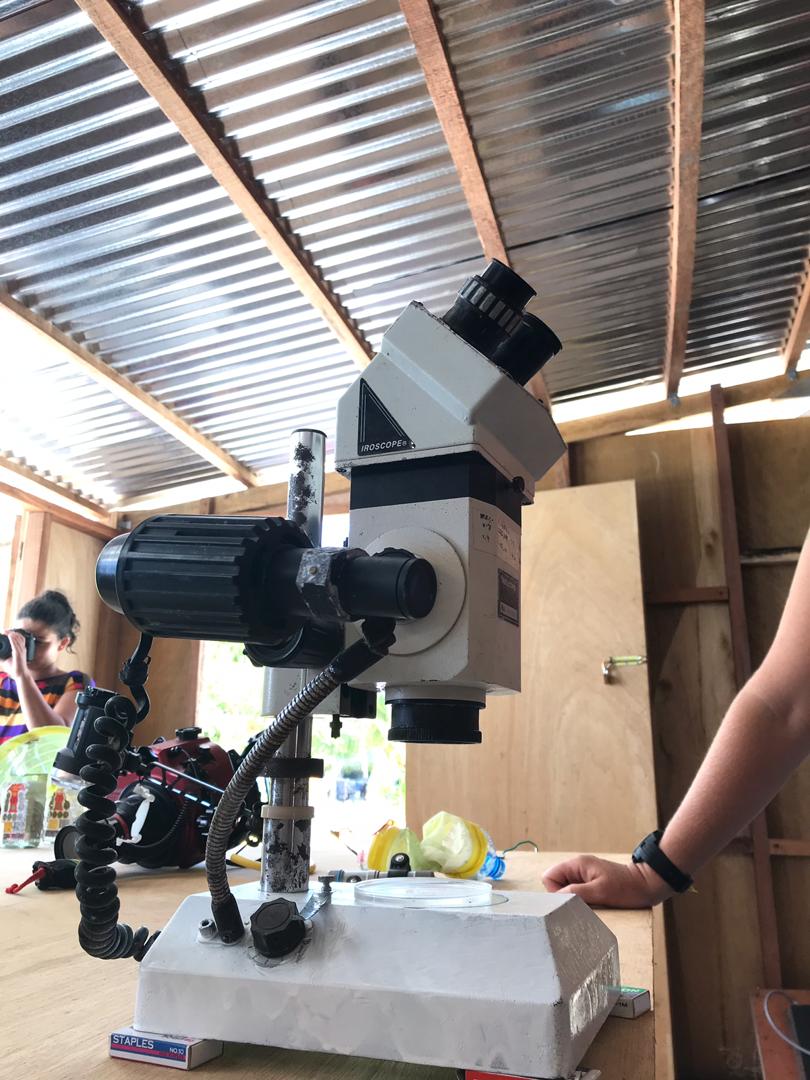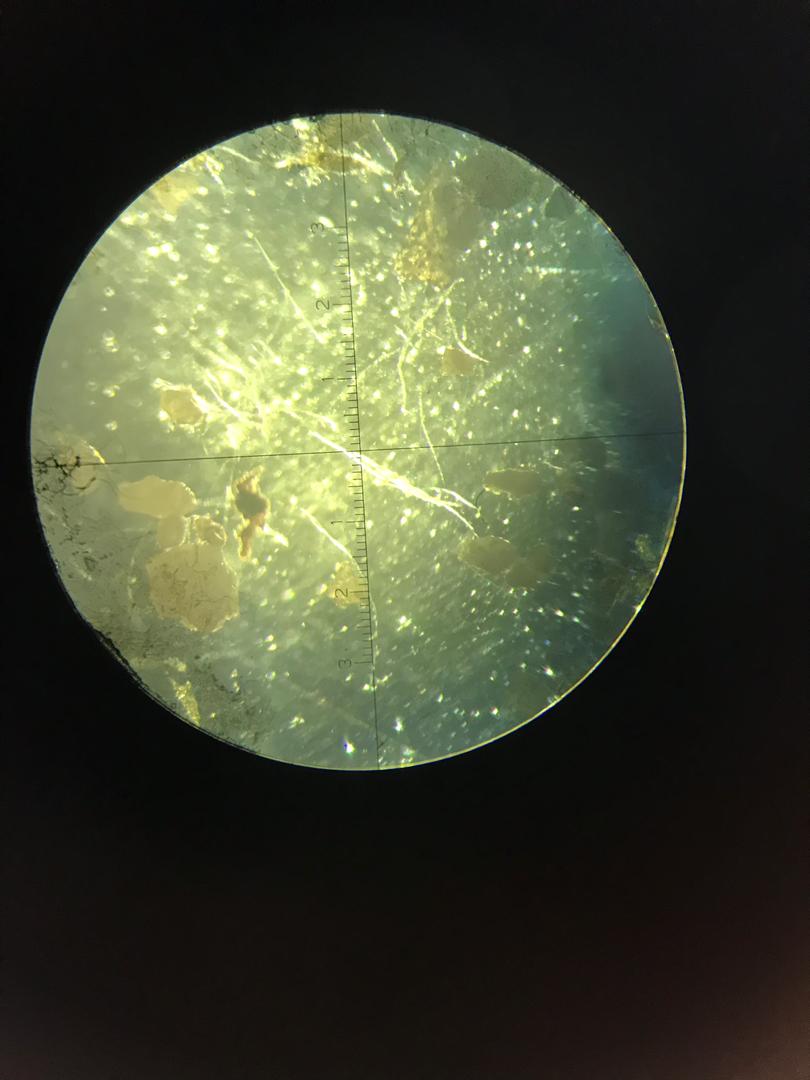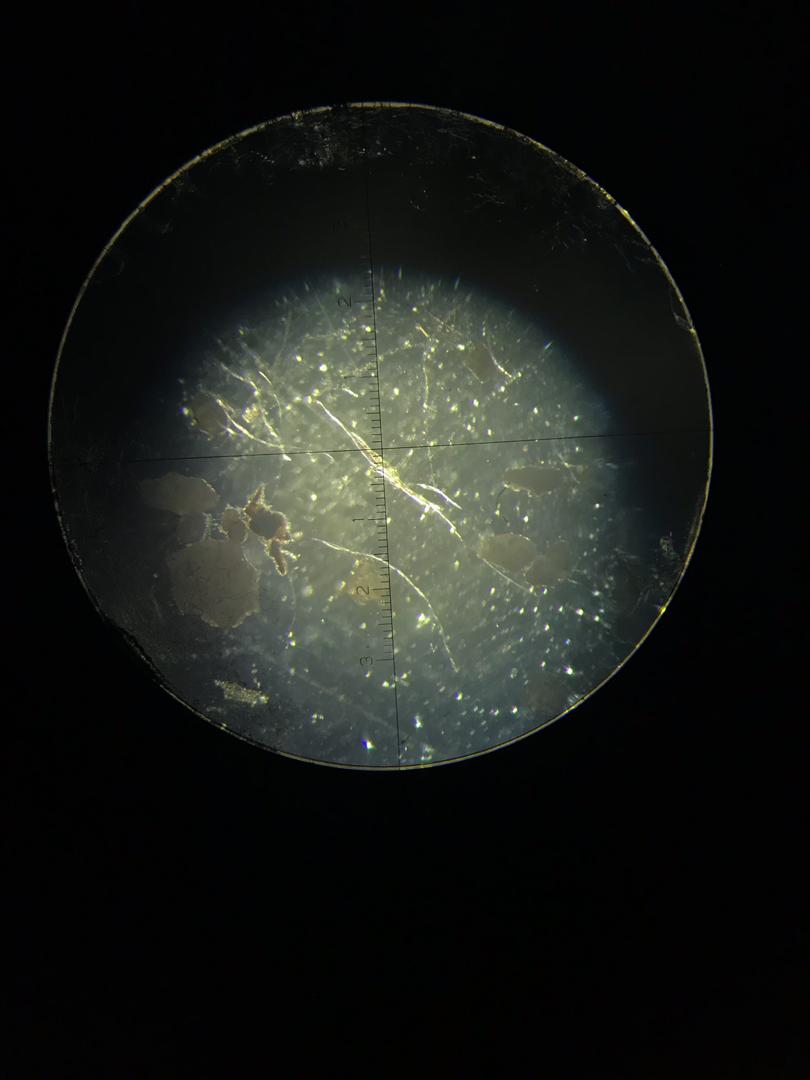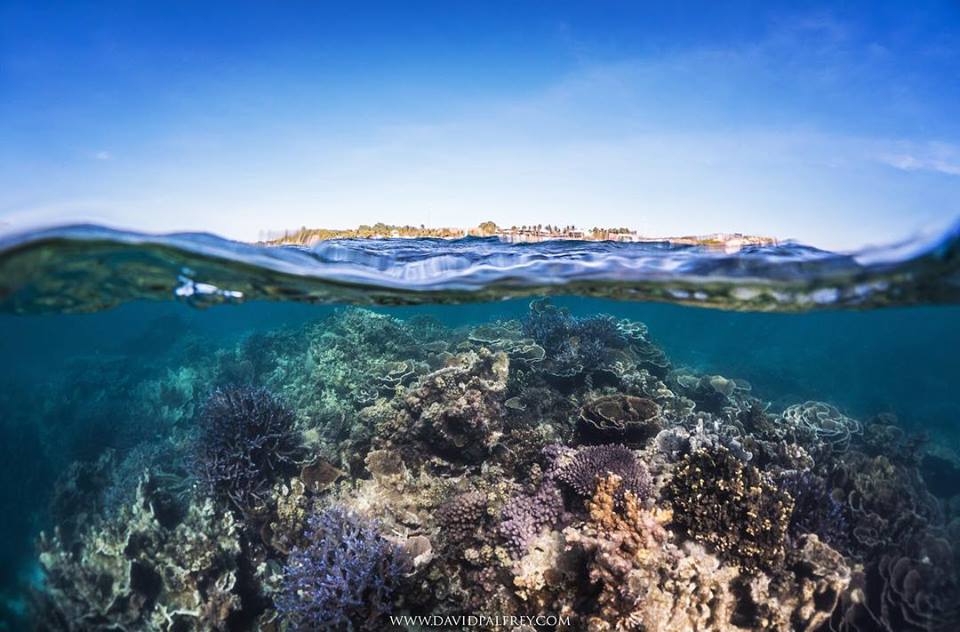MARINE SCIENCE A LEVEL COURSE: PLANKTON EXPERIMENT
What exactly is plankton anyway?
Plankton are the tiny plants and animals found floating in the ocean, they are some of the smallest and most abundant organisms across our planet. Plankton are the main food source for almost all fish larvae, feeding them until they grow into juveniles.
Plankton is not only critical for the growth of fish and other marine critters, it also sustains some much larger animals, like basking sharks, manta rays and blue whales who feed directly off plankton – they do this by filtering water and just taking in the small plankton from the water. With so many animals depending on plankton to grow, survive and thrive, plankton – both plant (phytoplankton) and animal (zooplankton) is vital to oceans – our tiny heroes.
Image by: David Palfrey
How do you study something so tiny?
Knowing how critical plankton is, and keeping conservation in mind, the A-levellers did some investigation into how we can view the kinds of plankton present in the waters surrounding Pom Pom.
To do this, we would need to collect a sample of these microscopic organisms, and look at them under a microscope. We decided to construct plankton nets, which are basically sieves you can drag along in the water that have very fine mesh to let water out but capture the plankton using materials that would otherwise go into landfill. We used old plastic bottles (that were collected from our daily beach cleans), very fine mesh and some ingenuity and constructed three nets. We used the same mesh and an old plastic oil bottle to make a sieve to make sure we had a good concentration of plankton to have a look at under the microscope.
After a biodiversity assessment dive, we hung our plankton nets off the side of the boat and cruised back to TRACC camp. Here, we emptied our samples into the sieve; put them on a petri dish, and looked at them under the microscope.
We had a great time looking at the samples and finding out what we saw.
What did they find?
Our sample showed up a lot of marine snow – which all the tiny floating bits in the ocean that come from almost every activities in the sea. We also saw dinoflagglets – which are unicellular phytoplankton, which are the most common type of plankton to see in tropical waters, and some copepods, which are the dominate zooplankton. Collecting and viewing these microscopic organisms is amazing, just knowing these tiny, nearly invisible organisms are the foundation for most of what we get to see every time we dive, and how every single element of the ocean plays a critical role in the environment.
Is plankton really so important?
While tiny, these organisms are vital to life on earth; phytoplankton is responsible for around half of all photosynthesis on earth – making them the largest carbon sink we have. By taking the carbon dioxide from the air and releasing oxygen, phytoplankton is a key in slowing global warming and keeping our atmosphere suitable for life. Because our oceans plankton are connected to regulating the earth’s climate, they are also being threatened by the rapid changes we are undergoing. Because of global warming, plankton, like corals, could be negatively impacted by increased exposure to the sun’s rays. Alongside the deleterious impacts of climate change, the increased pollutants in the ocean could be stopping some of the photosynthesis that these organism need to do in order to harness energy which they will transfer on to their consumer.
Image by: David Palfrey
While microscopic, plankton is critical for earths survival, and to protect it, we need to ensure adequate protection of our oceans and coastlines, and regulation of global emissions to make sure our oceans remain as beautiful and abundant as they should be – protecting life from plankton to whales and everything in between.
Written by: Maddie Davey
